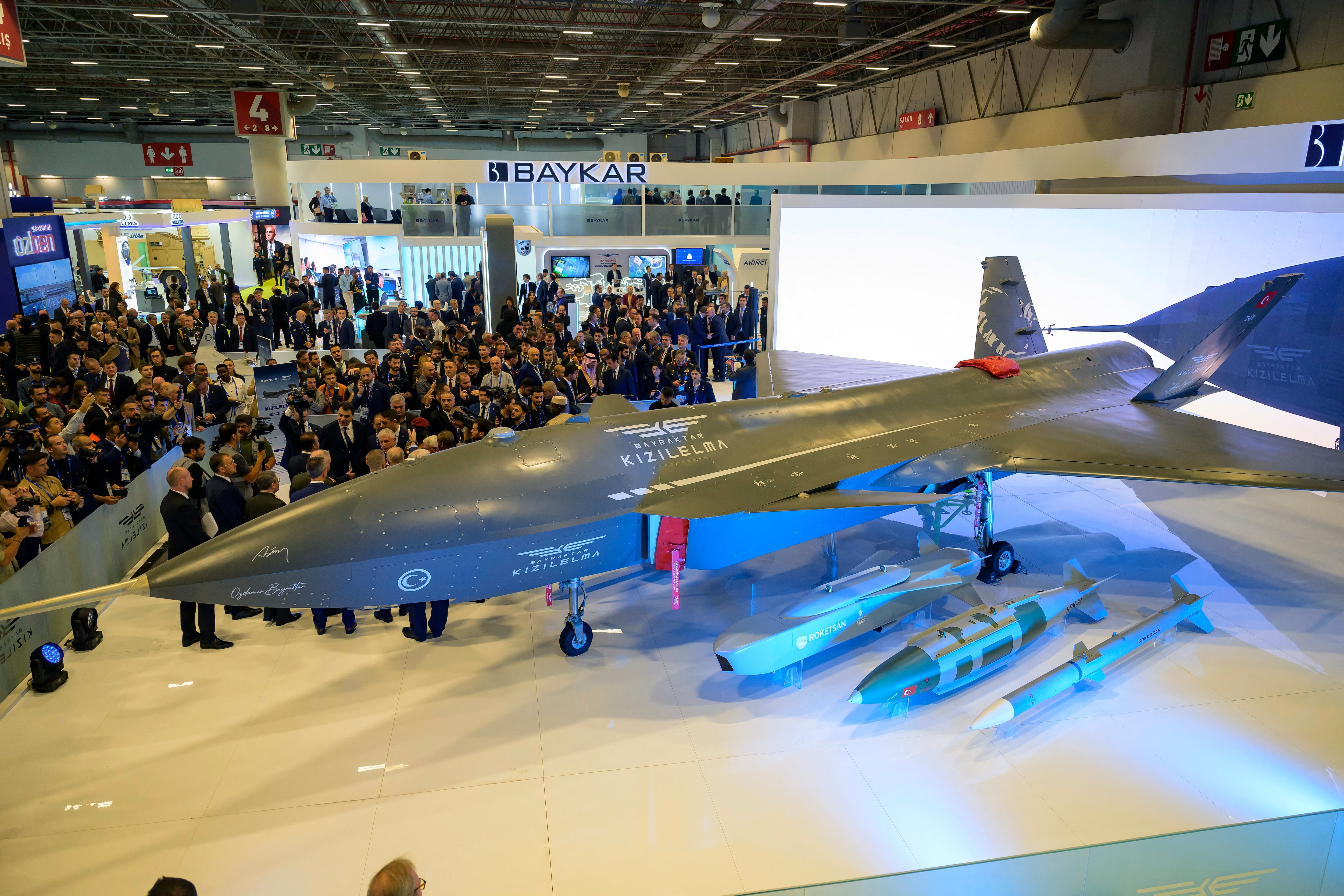WASHINGTON — A group of 178 House lawmakers signed a letter last month sent to U.S. Army Chief of Staff Gen. Mark Milley to encourage fielding the service's key tactical communications capability faster.
The letter comes as the Defense Department prepares its fiscal 2018 budget request.
"We have expressed concerns with recent Army budget requests that have failed to support the critical need for this technology across the Army," the lawmakers wrote in an April 10 letter obtained by Defense News.
The lawmakers propose in the letter a new fielding approach that would fund the procurement of six brigade sets of the Warfighter Information Network-Tactical, or WIN-T, over the next five years.
This would result in the fielding of 30 additional brigades and division headquarters by 2024, equip units including armored brigade combat teams in Europe, and save an estimated $2 billion over the life of the program.
The latest Army plan for fielding the second increment of WIN-T would be complete by 2038. The second increment allows soldiers to communicate using voice, data and video on the move. The first increment provided the same capability, but at the halt.
But what has been budgeted in recent years — only a couple of units per year — would push that final fielding out to somewhere around 2048. Considering the pace of technological development, even if upgrades are made over time, the system would be obsolete.
Congress provided an extra $114 million in the recently passed fiscal 2017 spending bill to fund two additional brigade combat teams with WIN-T Inc. 2.
The original request asked for funding to field WIN-T to two division headquarters. The total budget for WIN-T in 2017 is now around $406 million.
To date, the Army has fielded WIN-T Inc. 2 to 13 BCTs and seven division headquarters. The Army plans to field a total of 18 division headquarters and 56 BCTs.
The Army’s original plan was to furnish well north of 100 units with WIN-T Inc. 2, but budget reductions drove the total fielding number down to 74 units total.
The lawmakers note in the letter that the system has been deployed with the 101st Airborne Division, the 10th Mountain Division and in West Africa as part of the response to the Ebola crisis.
And through continued development, WIN-T Inc. 2 has become "smaller, lighter, more capable, and less expensive technology," they wrote, adding that the system is also now more "resilient" to cyber and electronic warfare attacks.
Complaints of WIN-T's weight and bulkiness have plagued the program in the past.
But according to Bill Weiss, General Dynamics’ vice president and general manager of ground systems, WIN-T is moving off the 5-ton trucks on which it used to be and moving onto Humvees.
General Dynamics manufactures WIN-T and has been working with the Army for several years to reconfigure its tactical nodes into a smaller package to fit on Humvees called the Tactical Communications Node-Lite, or TCN-L, which gives the system a much more agile on-the-move capability.
"We have significantly reduced the size, weight and power, and cost by the way, of that critical piece of gear for the system," Weiss told Defense News in an interview at the C4ISRNET Conference in Arlington, Virginia, on May 3.
And for WIN-T systems that need to be embedded in combat vehicles like Stryker platforms, "we’ve generally got about 40 percent of volume as well as cost out of the kit," which also means two seats in the vehicle have been restored, Weiss said.
The TCN-L capability has been fielded to units at Fort Campbell, Kentucky, and those assets will undergo an operational test at the Network Integration Evaluation at Fort Bliss, Texas, in July.
"We expect that most, if not all, future tactical communications nodes that are put on order will be light versions," Weiss said. "In fact, the order that we currently have is for the light versions."
Jen Judson is an award-winning journalist covering land warfare for Defense News. She has also worked for Politico and Inside Defense. She holds a Master of Science degree in journalism from Boston University and a Bachelor of Arts degree from Kenyon College.








